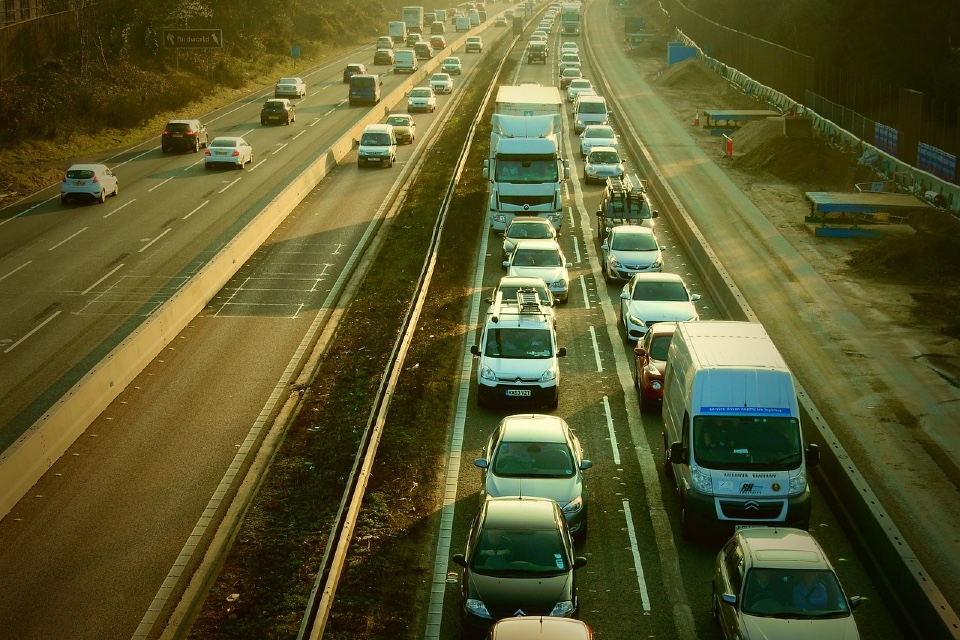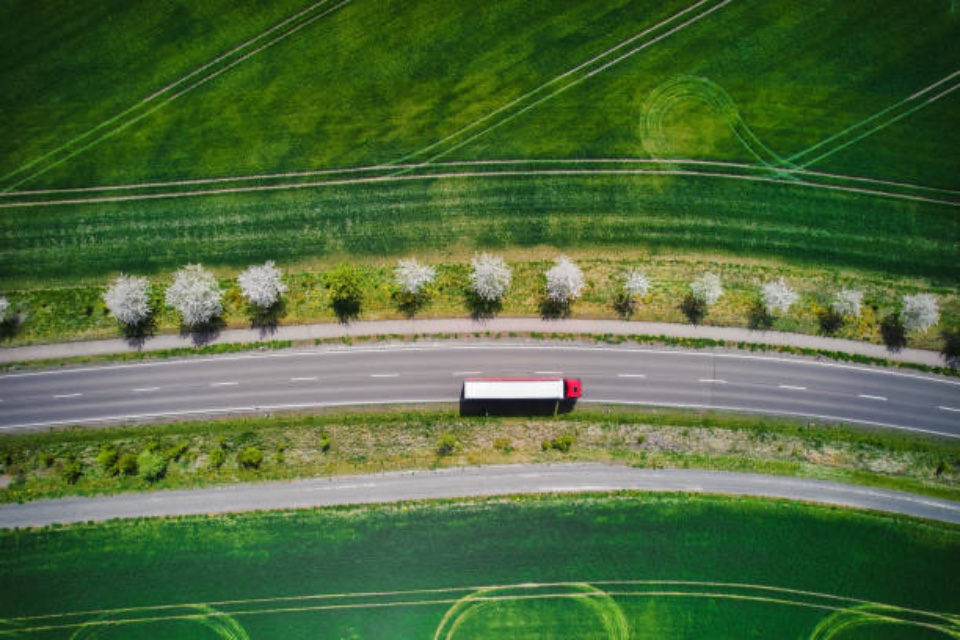By Saša Petrovic, EMEA Digital Strategy Director, Citrix
As the world grapples with the immense challenges of decarbonisation, headlines often focus on points of failure. New fossil fuel exploration or biodiversity loss, after all, are more attention-grabbing than making marginal improvements to existing systems. However, being aware of successes that society can capitalise on is just as important as highlighting areas where progress has stalled.
A perfect example of this is the ongoing wave of digitalisation which every industry is now working through. While the motivation to digitalise might often stem from seeking growth, agility, and competitive advantage, it is also having a significant impact on our collective carbon footprint.
How we should capitalise on this kind of success story, though, is not always obvious – especially when it comes to industries like manufacturing where the environmental impact seems more intractable. After all, the manufacturing plant is – along with the power plant – probably the first thing that most people think of when they imagine industrial emissions. In fact, manufacturing accounts for 12% of greenhouse gas emissions globally, just behind transportation (15%).
With environmental responsibility now an imperative for the sector, how can manufacturing best capitalise on the potential of decarbonising digitalisation?
Understanding digital decarbonisation
In many sectors, the work of digitalisation can often be understood as working towards substitution. The way that digital technology can give familiar processes more speed, agility and flexibility is something everyone is familiar with from their work and personal lives, from videoconferencing meetings to online shopping.
Of course, while many things, like collaborating on documents, can be entirely virtualised, others, like actually delivering what you buy online, cannot. In this sense, there is a kind of spectrum when it comes to economic activity that digitalisation can make more environmentally-friendly which has processes that can be entirely substituted at one end of it – and much of manufacturing deals with at the other.
Substitution is not, however, the only way that digitalisation can provide value in this area: for necessarily physical processes, we can also think in terms of digital addition. Delivery services, for example, can reduce emissions by minimising the overall amount of travel needed, whether that’s through plotting more efficient routes or through storing goods closer to their end-users.
Similarly, with greater adoption of augmented reality and digital twins, analogue processes can be further digitised. This would allow for some blue-collar workers to carry out their roles remotely. This kind of complex optimisation, which demands rich data insights to be delivered in real-time, is precisely what is enabled with the addition of digital, cloud-based platforms.
The digital decarbonisation windfall for manufacturing, therefore, might be seen in how IT can expand its remit in the business beyond enabling existing workflows and into adding new ways of working. Examples of this might be found in every part of the value chain. Storing and managing raw materials, for instance, requires significant land and energy use; richer insight into where resources are held and where they are needed can reduce dwell time and its associated impacts. Likewise, downtime in plants causes not only revenue loss but carbon overheads as systems and workers are forced to idle; enabling engineers to monitor and repair machinery digitally can reduce that downtime from days or weeks to hours.
The sustainability imperative
Manufacturing businesses are no strangers, of course, to either digitalisation or decarbonisation. Over the last decade, a huge amount has been written about how technologies like the Industrial Internet of Things and digital twinning will deliver the benefits of digital to manufacturing’s physical processes, while strides are being made in directly reducing the impact of high-emissions manufacturing work through innovations in areas like materials science and additive manufacturing.
Today, however, there is a growing urgency to bring these areas together into a more holistic strategy as businesses grapple with the twin crises of skills and the supply chain. These are immediate threats to growth and revenue which also need to be seen as risk factors for longer-term viability. Even while difficulties around attracting labour and sourcing vital resources like semiconductors and feedstock threaten to stall progress towards sustainability, the climate crisis is increasingly becoming a direct contributor to disruptions to how, where, and whether labour and resources can be obtained.
There is now an opportunity for manufacturing to align around new ways of working which support both resiliency and sustainability. Circular economy workflows are a key example of this in action: introducing the materials embedded in end-of-life goods back into manufacturing process creates a reliable, predictable supply while also potentially minimising material travel and reducing the need for raw resource extraction. Implementing this mindset, though, demands a holistic digital approach, in which businesses not only have rich data on the entire lifecycle of goods, but can also make that data shareable and understandable across the whole organisation.
In other words, IT-based sustainability gains in manufacturing may indeed be marginal when taken individually, but they stem from a thorough rethink of how digital technology can empower everything manufacturers do. Engaging with that task has never been more critical.







